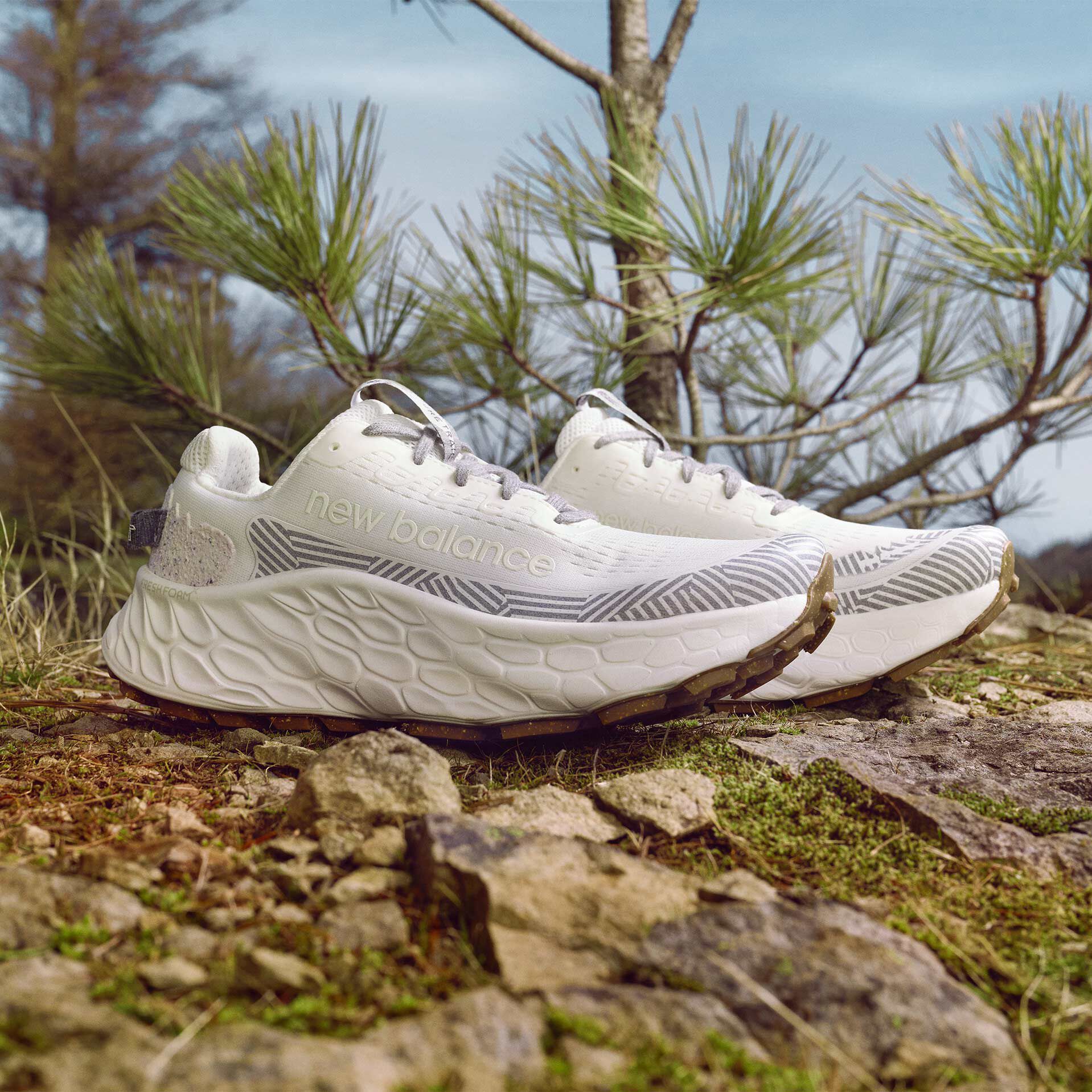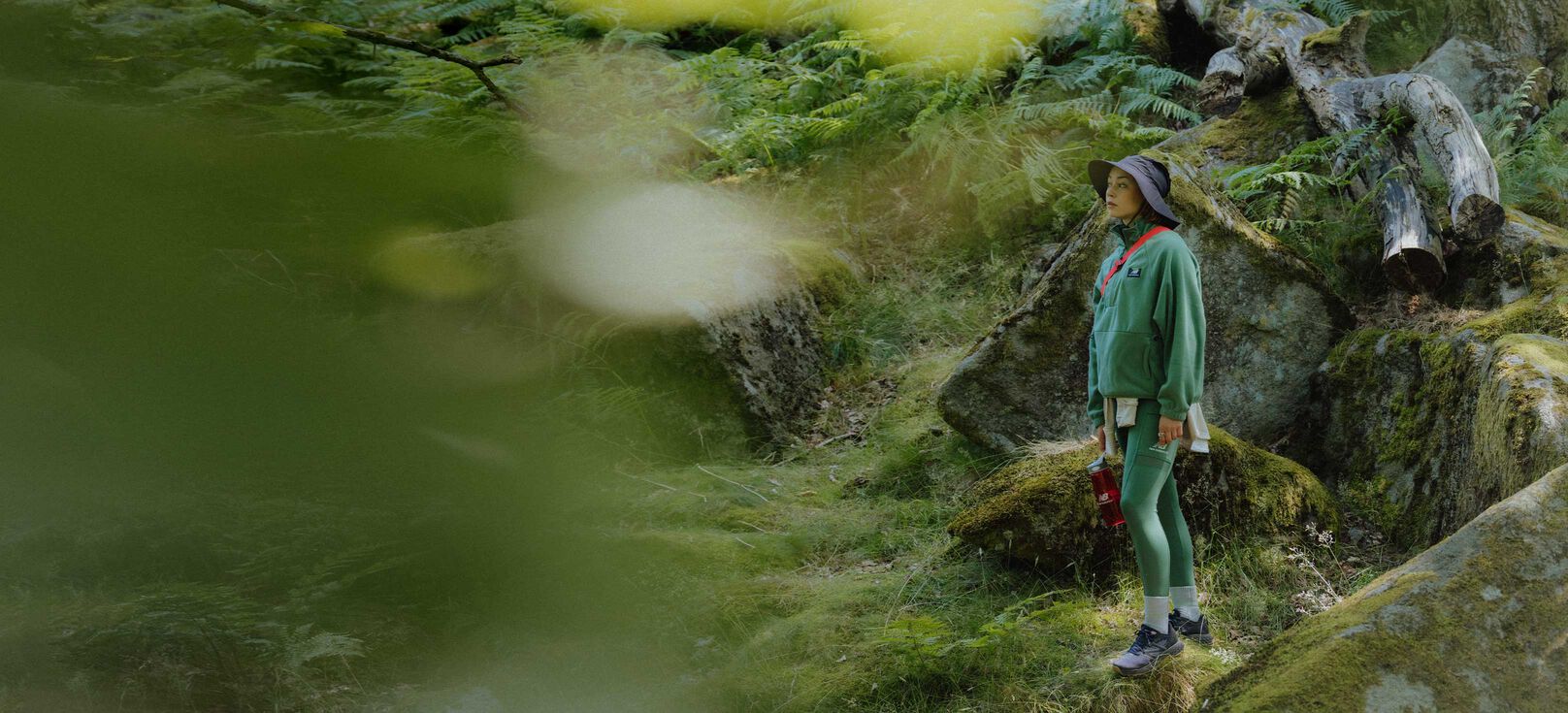

Thoughtfully crafted
Building our product more responsibly is a continuous journey. We are unwavering in our commitment to product construction, the materials and methods we use, and — most importantly — the people crafting our products.
Excluded from our Environmentally Preferred Material goals (and progress against those goals) are licensed footwear and apparel, apparel designed and marketed by NB’s regional design centers (Tokyo Design Center and Manchester Design Studio), NB direct to team, promotional products ordered through third party vendors, and global football apparel prior to 2022. Beginning in 2022, global football apparel was included, except NB Japan.
Regenerative refers to leather sourced from ranches practicing regenerative agriculture. We consider leather to be low emissions if it has an LCA showing an emissions factor less than 18 kgCO₂e/kg material. In addition to these criteria, tanneries with an annual capacity over 1 million square feet must be LWG Gold-rated, and smaller tanneries with a capacity under 1 million square feet must be LWG audited.
Our preferred midsole material is bio-based EVA from sugarcane and recycled midsole foam, and our preferred midsole processes are injection molded and direct molded. Our preferred outsole materials are recycled rubber and bio-based compounds.
The Science Based Targets initiative (SBTi) approved our near-term greenhouse gas (GHG) emission reduction targets in 2023, verifying that our goals align with limiting global temperature rise to 1.5°C across all scopes.
Our Scope 3 reduction goal applies to Category 1: Purchased Goods & Services and Category 4: Upstream Transportation & Distribution emissions, which typically account for 80%-90% of our total Scope 3 footprint.
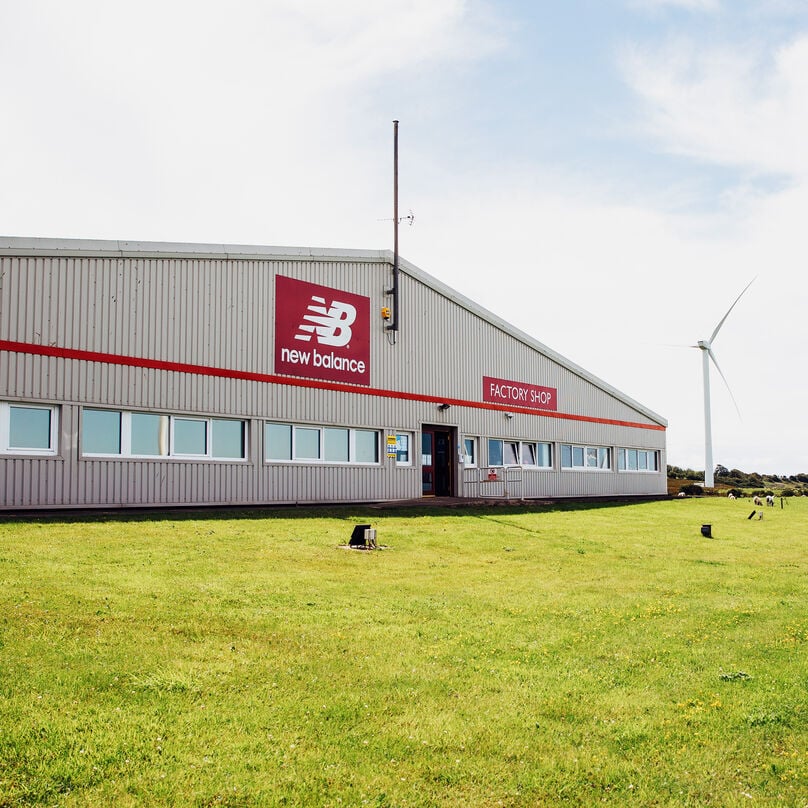
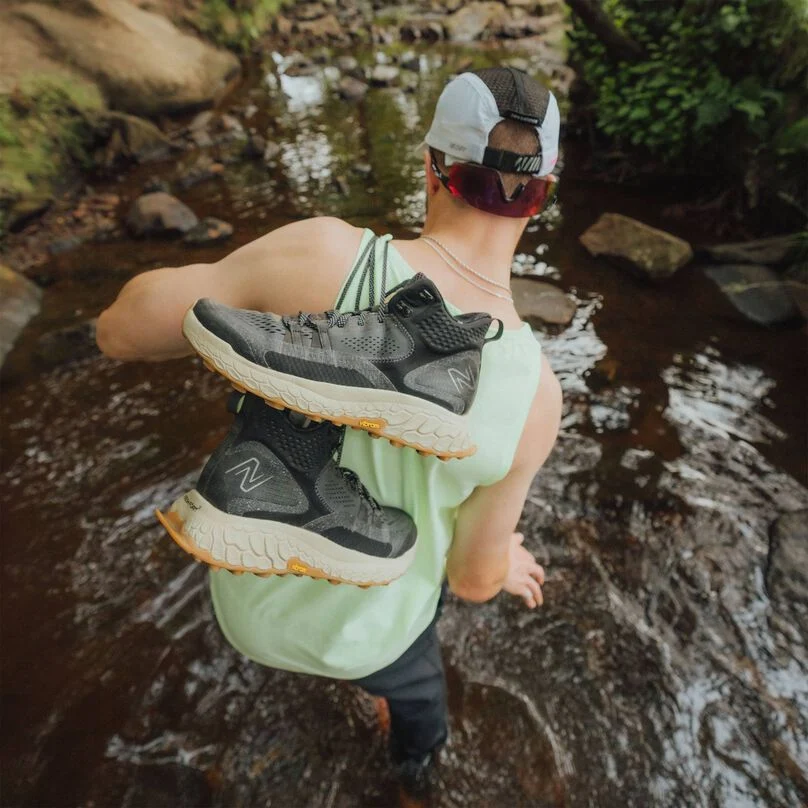
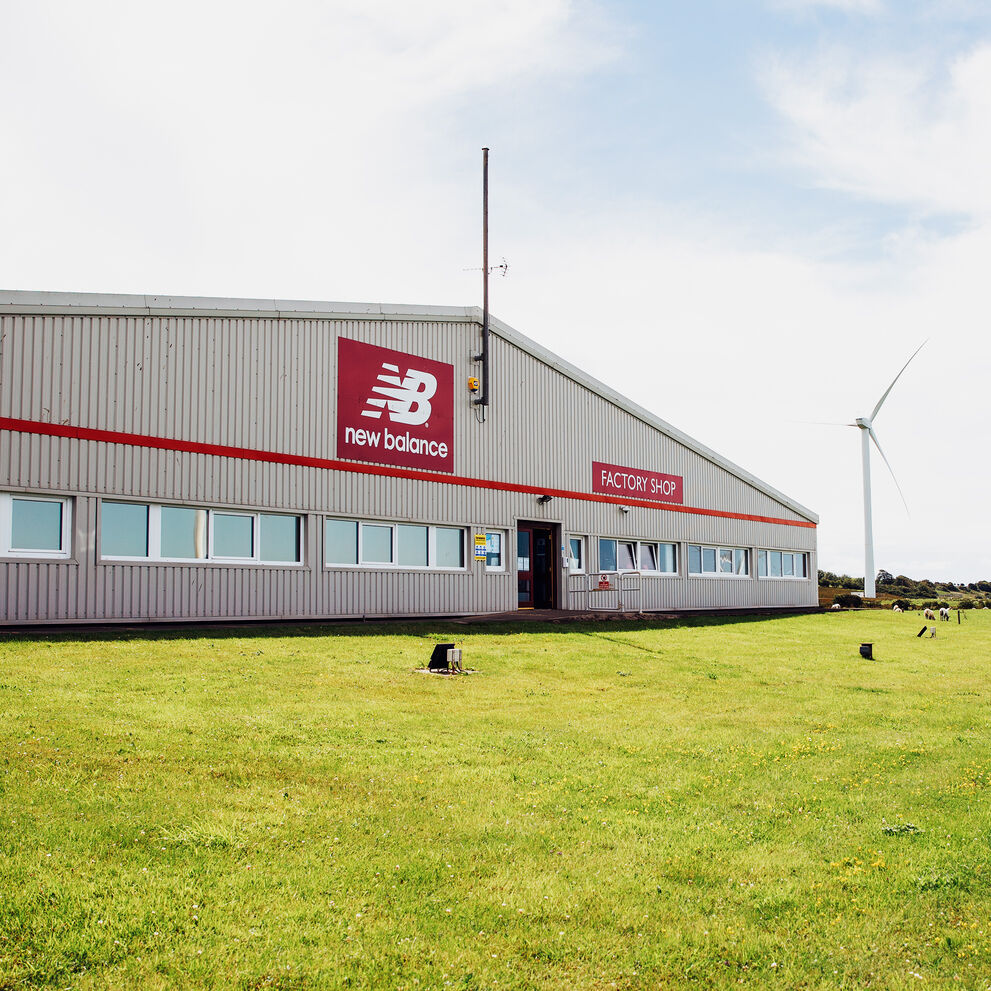
Committed to a more sustainable future
As a member of RE100 and a signatory to the UN Fashion Industry Charter for Climate Action and the ZDHC Roadmap to Zero, we’re addressing some of the biggest environmental impacts at our manufacturing facilities and throughout our global supply chain.

Quality design is sustainable design
Quality has always been a part of our heritage. We’re constantly learning and evolving our approach to create quality, long lasting design. We’re building our portfolio of environmentally preferred materials, finding ways to use fewer materials, and driving toward more circular systems like repair and recycling.

